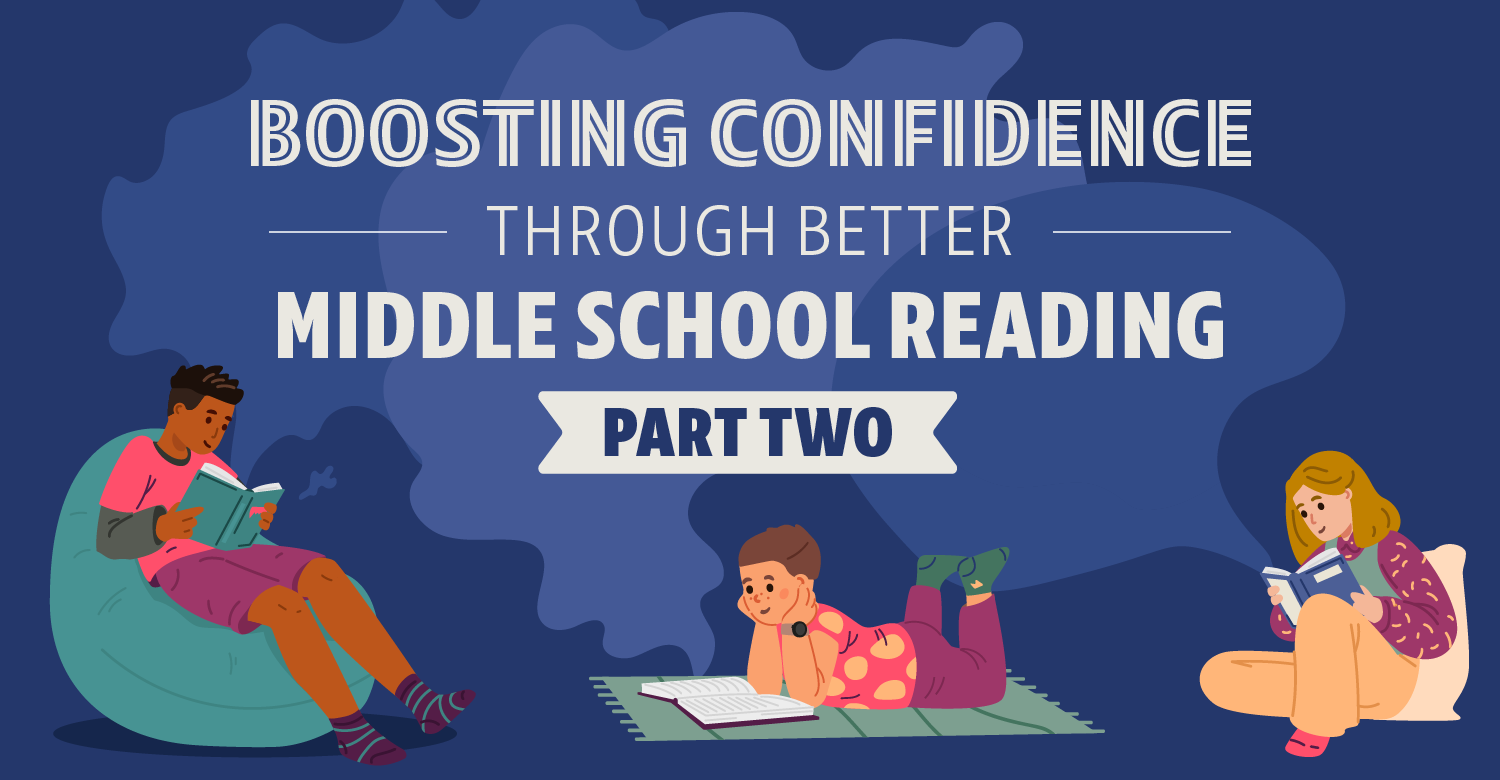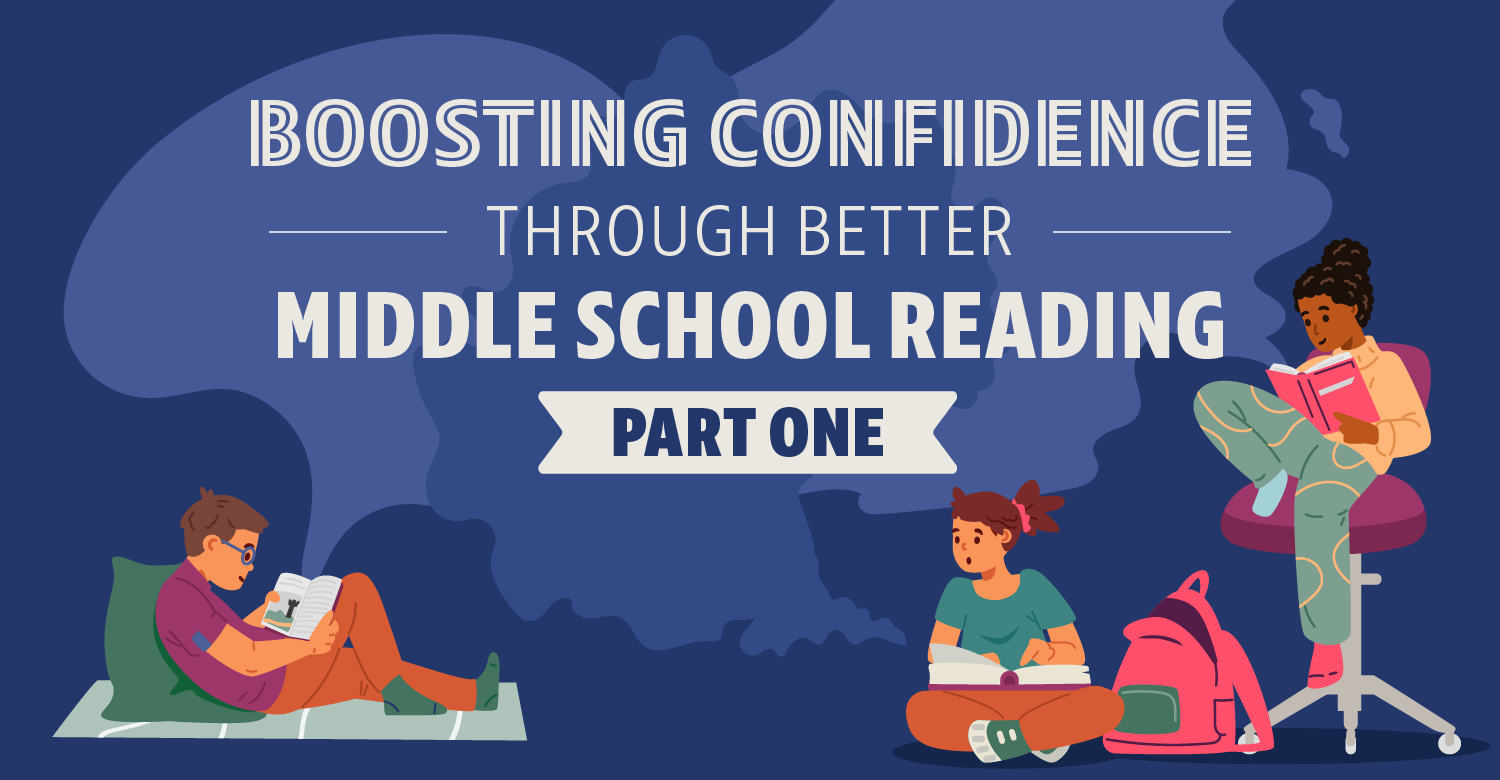Earth Day offers an opportunity for students, educators, and communities to reflect on our connection to the planet and learn how to promote environmental awareness. It’s a reminder that green awareness can—and should—extend beyond one day. This year, we’re honored to mark Earth Day 2025 by highlighting our forthcoming book from Solution Tree: The Green Literacy Handbook. It is a resource designed to support teachers in fostering environmental learning through critical thinking, reading, writing, and speaking.
Whether you’re planning an Earth Day celebration or looking to integrate environmental themes into your curriculum, The Green Literacy Handbook offers a framework that connects literacy to stewardship in practical, creative ways.
Green literacy: What is it and why is it important?
Green literacy links literacy development with environmental understanding. It invites students to read widely, ask thoughtful questions, explore multiple perspectives, and consider their role in shaping a sustainable future.
In The Green Literacy Handbook, we focus on how children’s literature can guide students through big questions about ecosystems, interdependence, and personal agency. We support teachers by providing ready-to-use Green Literacy Thematic Units that include learning activities paired with children’s books, digital media, and best practice teaching strategies so that, ultimately, teachers are empowered to design and implement their own units with confidence. In Green Literacy Thematic Units, students learn to communicate clearly, think critically, and deepen their relationships with the natural world.
For teachers wondering how to promote environmental awareness in their classrooms and help students connect the dots between what they read and what they see happening in the world around them, green literacy encourages relevant, critical thinking, reading, and writing about important environmental issues we all face. And it all starts with curiosity.
The best Earth Day activities to promote environmental awareness
If you’re looking for Earth Day activities that promote creativity, reflection, and connection, here are three from The Green Literacy Handbook:
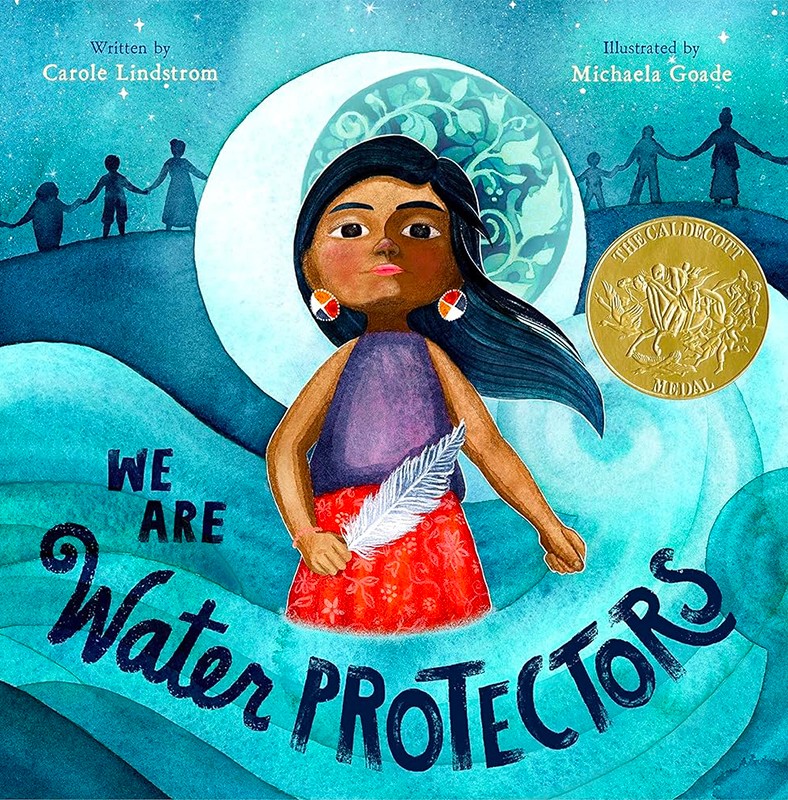 1. Earth Pledge Ribbon Activity
1. Earth Pledge Ribbon Activity
Invite students to write a short pledge or wish for the Earth on a ribbon. Display them in a shared space—around a tree, along a hallway, or in a school garden. The visual becomes a collaborative expression of hope and responsibility. We suggest pairing this activity with the following children’s books: We Are Water Protectors by Carole Lindstrom or The Thing About Bees: A Love Letter by Shabazz Larkin.
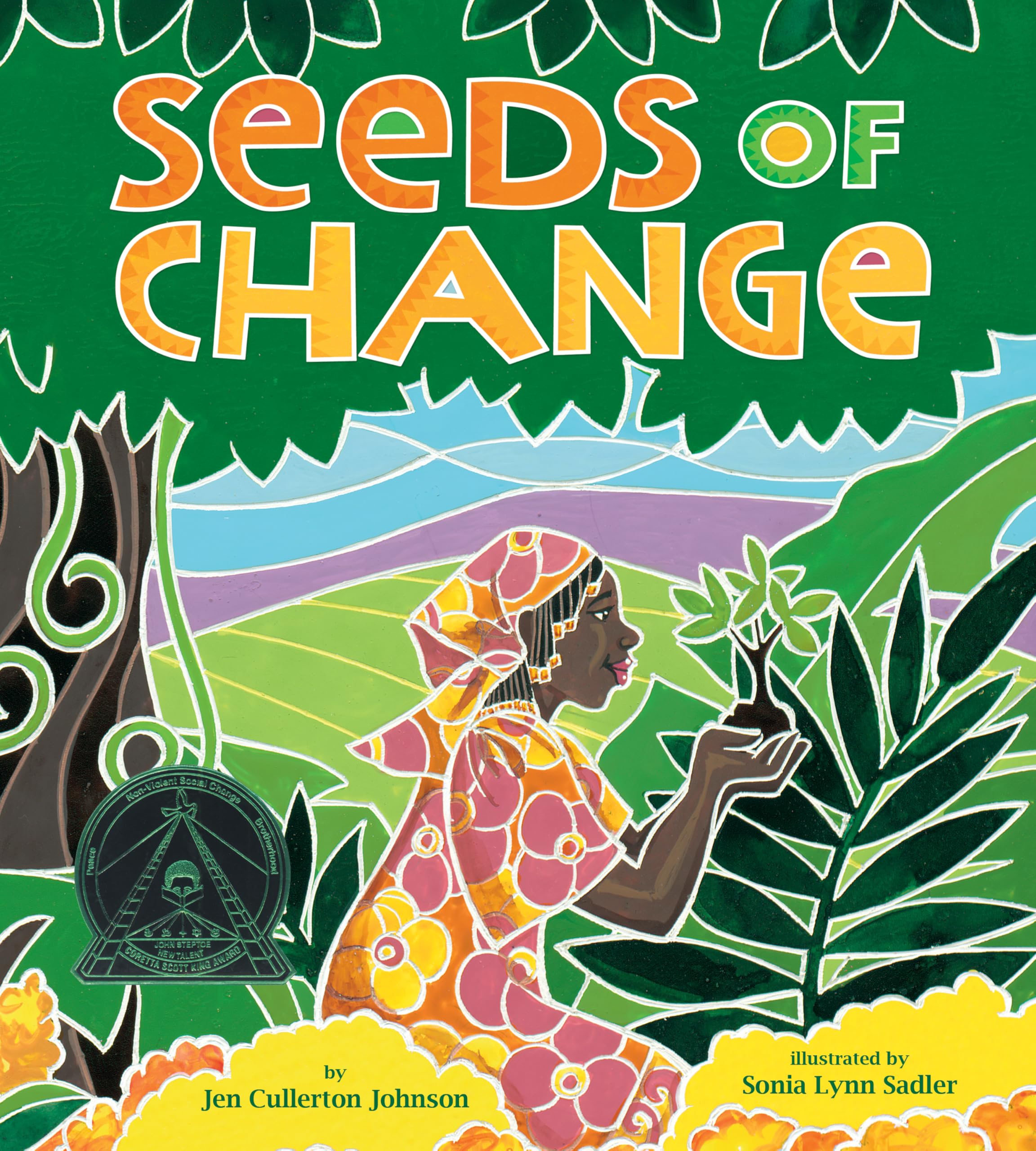 2. Story-Seeded Conversations
2. Story-Seeded Conversations
Select a book that touches on themes of nature and community. For example, The Great Kapok Tree by Lynne Cherry (1990) or Seeds of Change by Jen Cullerton Johnson (2010) or The Tree Lady by H. Joseph Hopkins. Ask students what they noticed in the story, what it made them feel, and how it relates to the places they know.
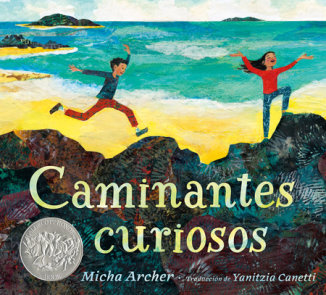 3. Wonder Walks
3. Wonder Walks
Take students outside for a “wonder walk.” Ask them to write or draw what they observe, using all their senses. This activity encourages close attention and helps students build a sense of care for their immediate environment. We suggest pairing this activity with the following children’s books: Wonder Walkers by Micha Archer or Thank You, Earth: A Love Letter to Our Planet by April Pulley Sayre
Planting the seeds of love through Earth Day
No matter where your students live, nature is around them—on sidewalks, in the weather, in the foods they eat, and in the stories they hear.
Environmental care can begin with small actions. Green Literacy helps students notice, reflect, and respond. When students read about climate, water, plants, or community resilience, they begin to see the connections between language, action, and place.
Every day practices that grow love for this planet
- Ask open-ended questions: Encourage students to think critically and explore ideas through inquiry.
- Include student voice and choice: Let students select books, lead projects, or choose environmental issues that matter to them.
- Make cross-curricular connections: Blend science, social studies, literacy, and the arts to reinforce learning.
These strategies on how to promote environmental awareness—as well as support to build your own Green Literacy Thematic lessons—are available in The Green Literacy Handbook.
How to grow together and become responsible stewards of the Earth
The Green Literacy Handbook supports educators who want to embed environmental thinking in everyday classroom experiences. It provides practical strategies, book recommendations, and examples that can be adapted for different learning settings and communities so that teachers can build and design their own Green Literacy Thematic units.
As Earth Day approaches, we invite you to explore how critical thinking, reading, and writing can inspire students to care more deeply for the world around them. Through our work with The Green Literacy Handbook, we support you in finding a powerful pathway for students to become thoughtful, capable, and compassionate stewards of their communities.
About the Authors
Jen Cullerton Johnson and Mary K. Gove are educators and co-authors of The Green Literacy Handbook, a guide that connects reading, writing, and environmental action. Together, they promote Green Literacy—a teaching framework that empowers young people to care for the planet through stories, inquiry, and action. More information on https://linktr.ee/greenliteracy




